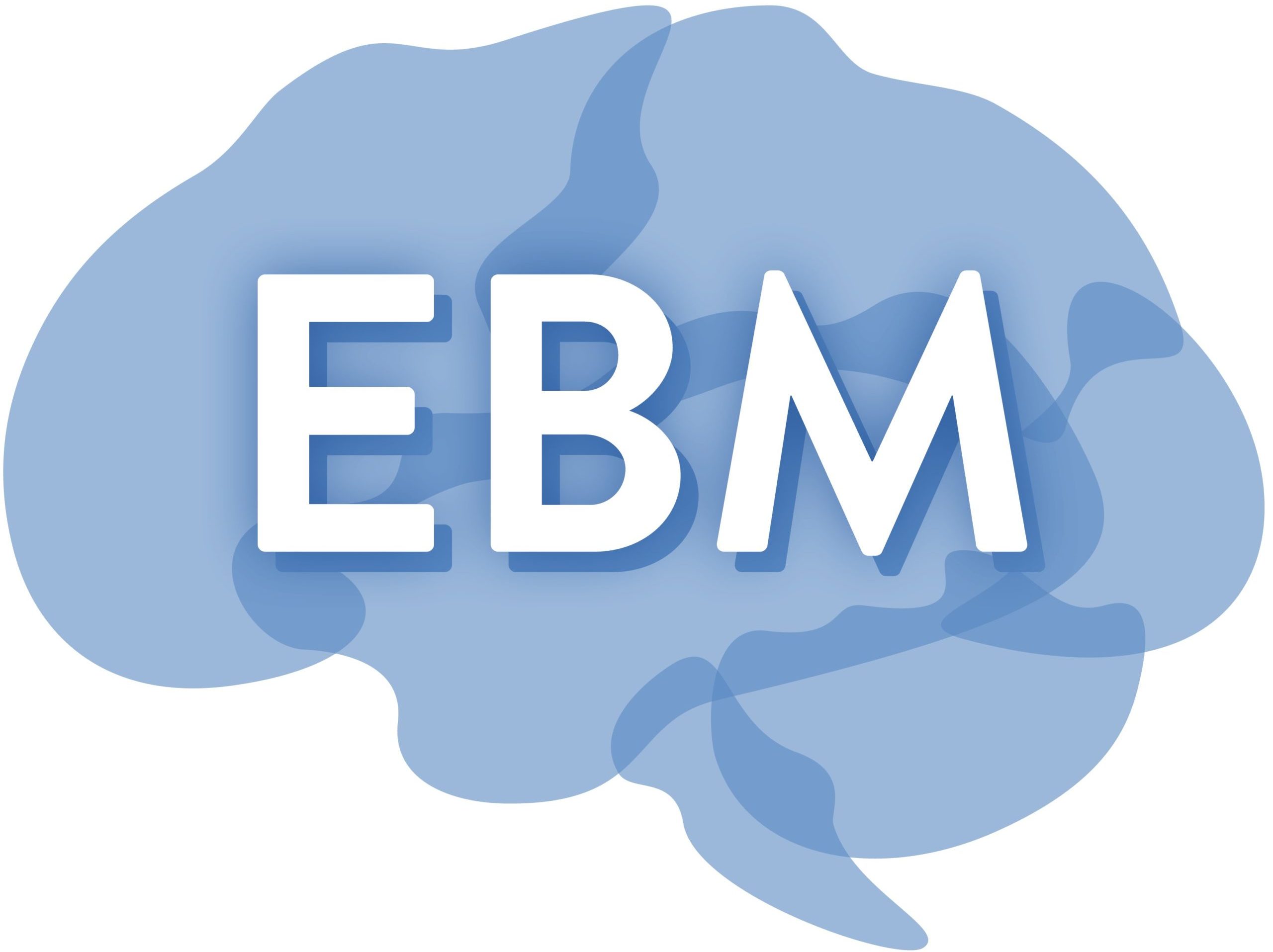A05 In vivo model for the mechanics of brain development
A05 will use Xenopus laevis to study the mechanobiology of brain development in vivo. First, we will combine time-lapse fluorescence imaging of growing axons with a time-lapse in vivo atomic force microscopy (tiv-AFM) approach, which we propose to develop here to map tissue viscoelasticity at cellular resolution. We will then induce disease-associated mutations in candidate genes identified in A02, such as SLC35A2 or genes associated with the mTOR pathway, and investigate how such genetic perturbations impact on tissue mechanics and cell motility in the developing brain. To test whether phenotypes associated with the genetic perturbations are due to cell-intrinsic processes or because of altered signaling by the environment of the cells, we will complement our in vivo experiments by in vitro studies of cell motility. Healthy and perturbed cells will be acutely isolated from embryonic tissue and cultured on custom-built compliant substrates of varying viscoelasticity to assess the effect of substrate mechanics on neuronal growth. Finally, we will exploit genetic, pharmacological, and physical approaches to manipulate brain mechanics, and test if restoring tissue viscoelasticity to physiological values is sufficient to rescue phenotypes that would normally be caused by genetic mutations associated with brain malformations. Within the timeframe of this 4-years project, we aim to develop a method enabling highly resolved in vivo measurements of brain viscoelasticity. We will apply it to healthy developing frog brains and brains with mutations known to cause brain malformations in humans, compare the results, and test if rescuing brain mechanics rescues phenotypes associated with brain malformations. The findings of this study will generate important data justifying in vivo approaches. Thus, data acquired here will be used in projects A01 and X01, while the method developed here will be of importance to projects A03, A04, and C02-C05. Brain mechanics could, in addition to well-established genetic and chemical signaling, play a major role in brain malformations. Illuminating the role of genes identified in human brain malformations in the development of the frog brain may reveal conserved signalling pathways. If re-establishing healthy brain mechanics in mutated animals in vivo prevents pathological phenotypes, this project may lead to a much better understanding of brain malformations and ultimately to the development of new treatment strategies.
Project leader: Prof. Dr. Kristian Franze
Positions: 1 doctoral researcher
